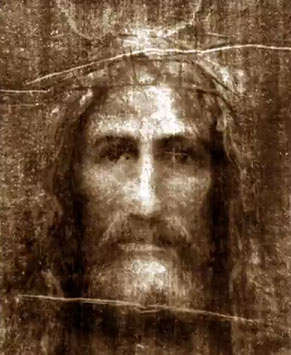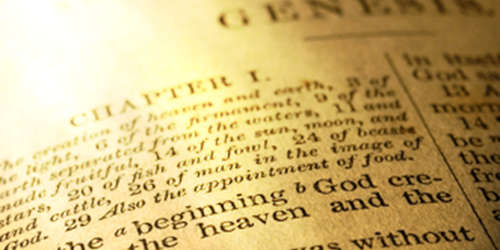Maya is a word you will come across in studying many New Age writings including those of Helena p. Blavatsky (HPB), Alice A. Bailey (AAB), Joseph J. Dewey (JJD), and others. On the Theosophy Wiki it is described as:
Maya … is a Sanskrit word that in Indian religions has multiple meanings. Usually translated as “illusion” (from mā “not” and yā “this”), it points out the fact that we do not experience the reality but only a false image perceived by our minds, as when one pursues a mirage in the desert or mistakes a rope for a snake.
HPB wrote in the Secret Doctrine about Maya:
The Universe is called, with everything in it, Maya, because all is temporary therein, from the ephemeral life of a fire-fly to that of the Sun. Compared to the eternal immutability of the One, and the changelessness of that Principle, the Universe, with its evanescent ever-changing forms, must be necessarily, in the mind of a philosopher, no better than a will-o’-the-wisp. Yet, the Universe is real enough to the conscious beings in it, which are as unreal as it is itself. -.S.D. Vol 1, Page 274, HPB
Alice A. Bailey mentioned Maya over 200 times in her writings, two of which are:
The word Maya is one which has to be properly understood by you in order that you may catch the spirit of the ancient philosophy. The derivation that is given for the word is Ma + Ya or not that. Maya is therefore a power that makes a thing appear as what it is not, or a power of illusion that arises out of limitation in the ancient concept of a true unity periodically appearing as multiplicity by the power of Maya that coexists with that unity. –A Treatise on Cosmic Fire , DIVISION C. SEVEN ESOTERIC STANZAS. – Part 8, AAB
But as the wheel turns and experience after experience is entered into, the desire nature reaches. Form consequently ceases, objective manifestation is no longer sought after, and liberation from maya or illusion takes place. -The Light Of The Soul , BOOK IV. – ILLUMINATION – Part 1, AAB
Joseph J. Dewey describes Maya as one of three deceptions:
The three deceptions are not that complicated. It is important, however, that you understand them well enough so you can explain them in your own words without quoting some other teaching.
The first is Maya and you must pass through this deception before you can go on to the second which is glamour. Then you must pass through glamour before you can unravel deception.


